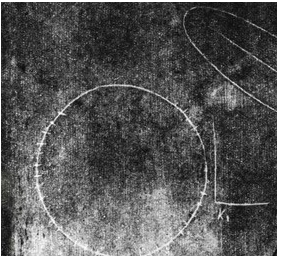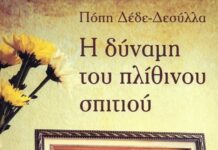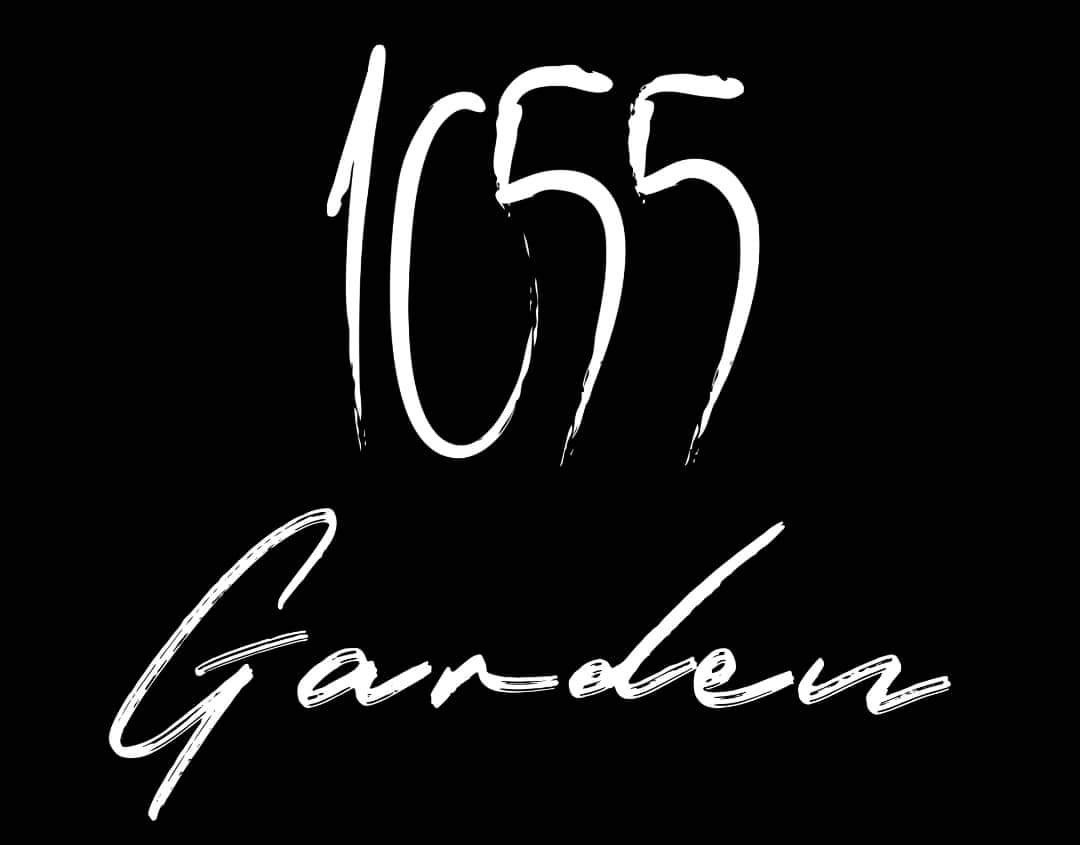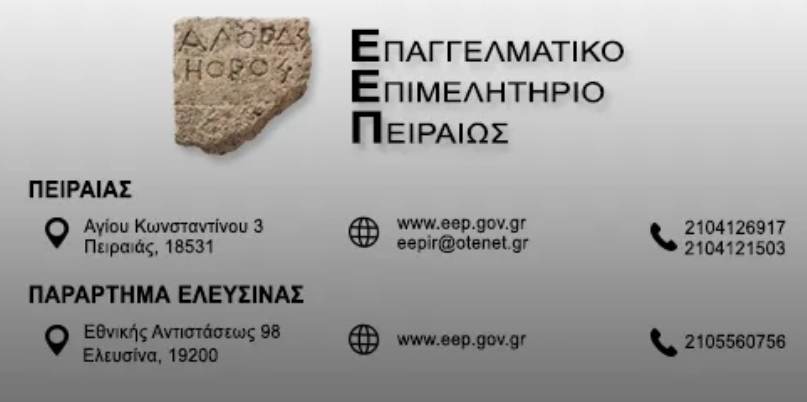Επιμέλεια: Εύα Πετροπούλου Λιανού
Translate by Byeong Cheol Kang
Yi-Soo Byeon (卞義洙 is a Korean poet. He published his first poetry book, “The Distant City of Memories,” in 1991. In February 1996, he began his official career as a poet with the publication of his works in “Modern Poetry Studies.” Since then, he has been a leading figure in unconscious symbolism, with his second poetry book, “When the Moon Rises, Trees Have an Arched Chest,” published in 2002, and his subsequent work on unconscious symbolism. He published his third book of poetry, a collection of long poems titled “The Symbolism of the Unconscious: Nature, Spirits, and Symbols,” in 2008, followed by his fourth poetry book, “The Parrot in the Black Sun,” as well as his first book of literary criticism, “Waiting for a Flock of Fantasies: The Symbolism of the Unconscious.” He has also written a collection of essays on symbolism and symbols, titled “Symbols and Symbols, Invasion and Resistance.” Since then, he has focused on “meta-semiotics,” an extension of unconscious symbolism. He published his second and third books of literary criticism, “Artists Called by God” and “Schizophrenia and Poets,” in 2009, as well as a book on art criticism titled “Understanding Seo Sang-hwan and Contemporary Art” in 2010. In 2013, he published “Seo Sang-hwan’s Art Symbols: Meeting Park Sang-ryong’s Novels and Byun Yi-soo’s Poems,” a book of art criticism. He also published “Convergence Studies: Symbolism” in two volumes in 2015, in which he presents “symbolism” as an independent emerging academic field. He led a joint poetry creation project in 2019 with Ju Won-ik, Kang Seo-yeon, Park Yi-young, Seo Sang-hwan, and Lee Chae-hyun, among others. In 2021, he founded and served as editor for the poetry magazine “Symbolism Research Institute.”
Theory about Poetry
Ⅰ. Poetry is something that happens as soon as you wake up from your sleep. It’s like opening your eyes, walking on water, and throwing yourself into something.
Ⅱ. Objects are round. Rocks are only folded. Poetry uses the front and back sides of the universe. Poetry conceals objects, but it also reveals them.
Lips are symbols of clouds. Objects that make up the shape of clouds are not hard. Rocks, like cats, are friendly. What is solemn is the lips.
Books are palaces of the lips. Lips decorate them with walls and ceilings adorned with elaborate patterns. They adorn the sanctuary with symbols of solemn characters.
Poetry is the act of reading silence. It is the act of seeing objects beyond the sacred lips. Like a scientist measuring the weight of an apple on the moon, poetry reads the form of substance from the substance of things.
To a grapevine, poetry is the sun.
Poetry is light. Poetry is also a cloud. Poetry is I and you. Poetry is both one and whole.
It is the tongue of the heavens that makes everything exist and disappear.
Ⅲ. The moon exists within poetry. Poetry makes the moon ripple. It drenches the moon with rain. Poetry summons the howls of foxes and wolves to the moon.
Poetry is both magnetic force and gravity. Poetry is the product of mass and the square of the speed of light. Poetry transforms time into space and expands space into nothingness
So, poetry is also nothingness. Just because it is nothingness does not mean it lacks meaning. It simply cannot be touched or seen. Poetry is an endless universe, an invisible space and time.
A poet uses poetry as a lever. They condense and release all the mass and energy of the universe. Poetry is an equation and a wave. It is the source of universal gravitation, the force that keeps stars suspended in space.
Ⅳ. Poetry possesses its own force, bringing together stars at great distances and keeping them in harmony. This is why every metaphor in poetry works, and why we are able to become mythical beings as we read it. Poetry is a branch and a dream, a stormy sea, and the reason why the poet must handle their soul with care.
* The photo is a part of an image showing Einstein explaining the theory of relativity.
Poetry is like droplets, here and there. It is not two separate things, but one physical space and entity. Kant made this point clear in his immortal work. There is no gap between two phenomena, in other words, there is no place to divide them (B 281). Oneness, truth, and goodness are the criteria and foundation of general knowledge of things (B 113).
Poetry is the space of the universe, an aggregation of indivisible substance and difficult forces. It is an invisible order and a world of fluctuating powers. Poetry exists here and there, occupying both this place and that place, because it is both physics and metaphysics. Therefore, the principle of ‘identification,’ which unites everything into one, is the fundamental principle and general rule of poetry. – “Symbolism of Convergence Studies,” pp. 150 and below.
Poetry is both closed and open like the universe, and this is the reason for its existence.

<변의수 시편, 시집 『은유의 물리학』 (2022. 4. 30.) 게재>
시론
Ⅰ. 시는 딱, 자리에서 일어나는 일이다. 눈을 뜨는 일이다. 물 위를 걷는 일이다. 몸 던지는 일이다.
Ⅱ. 사물은 둥글다. 바위는 접혀 있을 뿐이다. 시는 우주의 앞뒷면을 사용한다. 시는 사물을 감추지만 사물을 드러낸다.
입술은 구름의 기호이다. 구름의 형상을 이루는 사물은 딱딱하지 않다. 고양이처럼 바위는 친근하다. 경건한 건 입술이다.
책은 입술의 궁전이다. 입술은 화려한 문양의 기호가 장식된 벽과 천정들로 꾸민다. 경건한 문자의 기호로 성소를 장식한다.
시는 침묵을 읽는 일이다. 신성한 입술 너머 사물을 보는 일이다. 과학자가 달에서 사과의 무게를 측정하듯. 시는 사물의 질료에서 질료의 형상을 읽는다.
포도나무에게 시는 태양이다.
시는 가볍다. 시는 구름이기도 하다. 시는 나이고 너이다. 시는 하나이고 전체이다.
모든 것을 있게 하고 모든 것을 사라지게 하는, 시는 하늘의 혀이다.
Ⅲ. 시 속에 달이 있다. 시는 달을 일렁이게 한다. 달이 비에 젖게 한다. 달에 여우와 늑대의 울음을 불러 모은다.
시는 자력이요 중력이다. 시는 질량에 빛의 속도의 제곱을 곱한 값이다. 시는 시간을 공간화하고 공간을 무로 확장한다.
그러니까, 시는 무(無)이기도 하다. 무라고 해서 ‘의미’가 없는 것이 아니다. 단지 만져지지 않고 보이지 않을 뿐이다. 시는 끝이 없는 우주이다. 보이지 않는 공간이요 보이지 않는 시간이다.
시인은 시를 지렛대로 사용한다. 모든 우주의 질량과 에너지를 응축하고 풀어놓는다. 시는 수식이요 파동이다. 만유인력의 근원이요 별들을 공간에 떠있게 하는 힘이다.
Ⅳ. 시는 자력을 갖고 있다. 별들이 공간과 거리를 두고 하나로 있게 한다. 시에서 모든 비유가 성립하는 이유이다. 우리가 시를 읽는 순간 신화적 존재가 되는 이유이다. 그래서 시는 나뭇가지이고 꿈이요 바다의 폭풍처럼 사납기도 하다. 시인이 그의 혼을 조심히 다루어야 하는 이유이다.
시는 여기 있고 저기 있는 물방울들이다. 둘이 아닌 하나의 물리적 공간의 우주요 실체이다. 칸트는 이점을 그의 불후의 저작에서 분명히 하였다. 세계는 비약이 없다. 두 현상 사이에 빈틈 다시 말해 쪼갤 곳을 일체 금했다(B 281). 하나·참·선은 사물 일반의 인식 논거요 기준이다(B 113).
시는 우주 공간이요 나누어지지 않는 물질이자 힘들의 결집이다. 보이지 않는 질서이자 요동하는 힘들의 세계이다.
시는 여기에 있으면서 저기에 있고 이곳에 있으면서 저곳에 자리한다. 시가 물리학이요 형이상학인 까닭이다.
그러므로 하나를 이루는 ‘동일화’ 그것은 시의 근원적 원리이자 일반규칙이다. 시는 우주처럼 닫혀 있으면서 열려 있다. 이 시의 존재 이유이다.
* 사진은 아인슈타인이 상대성론을 설명하고 있는 이미지의 일부.


































